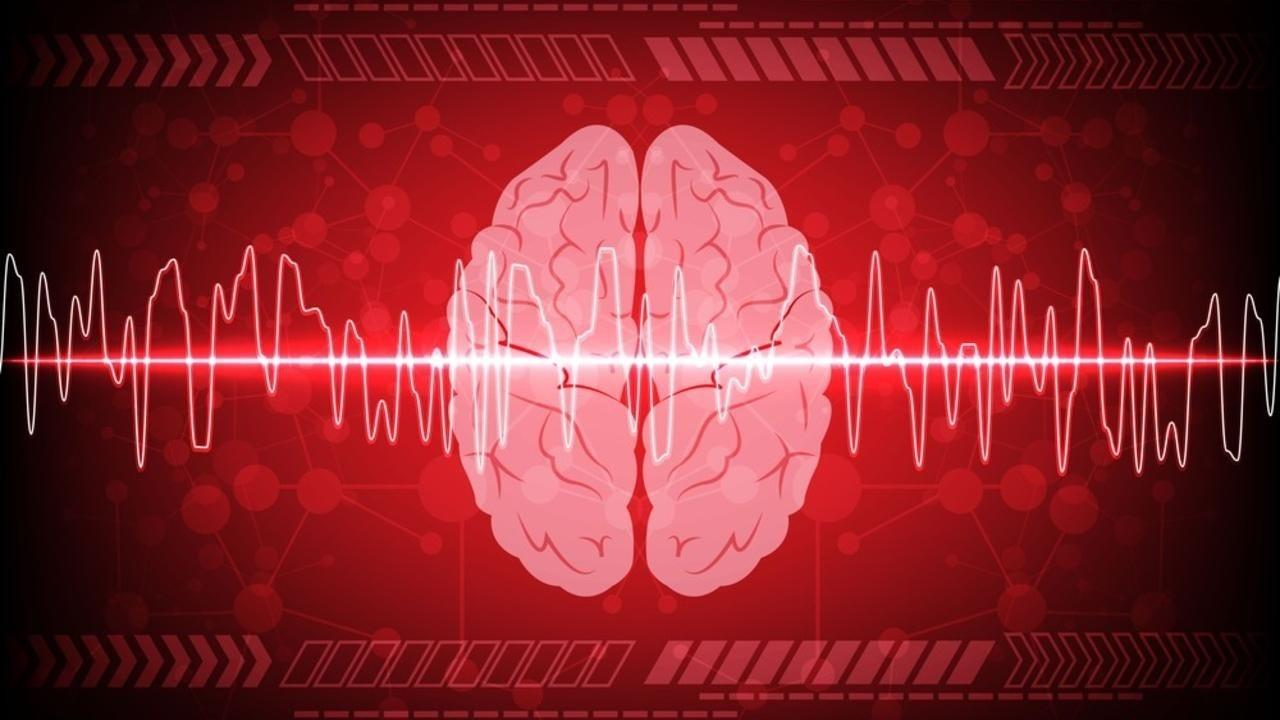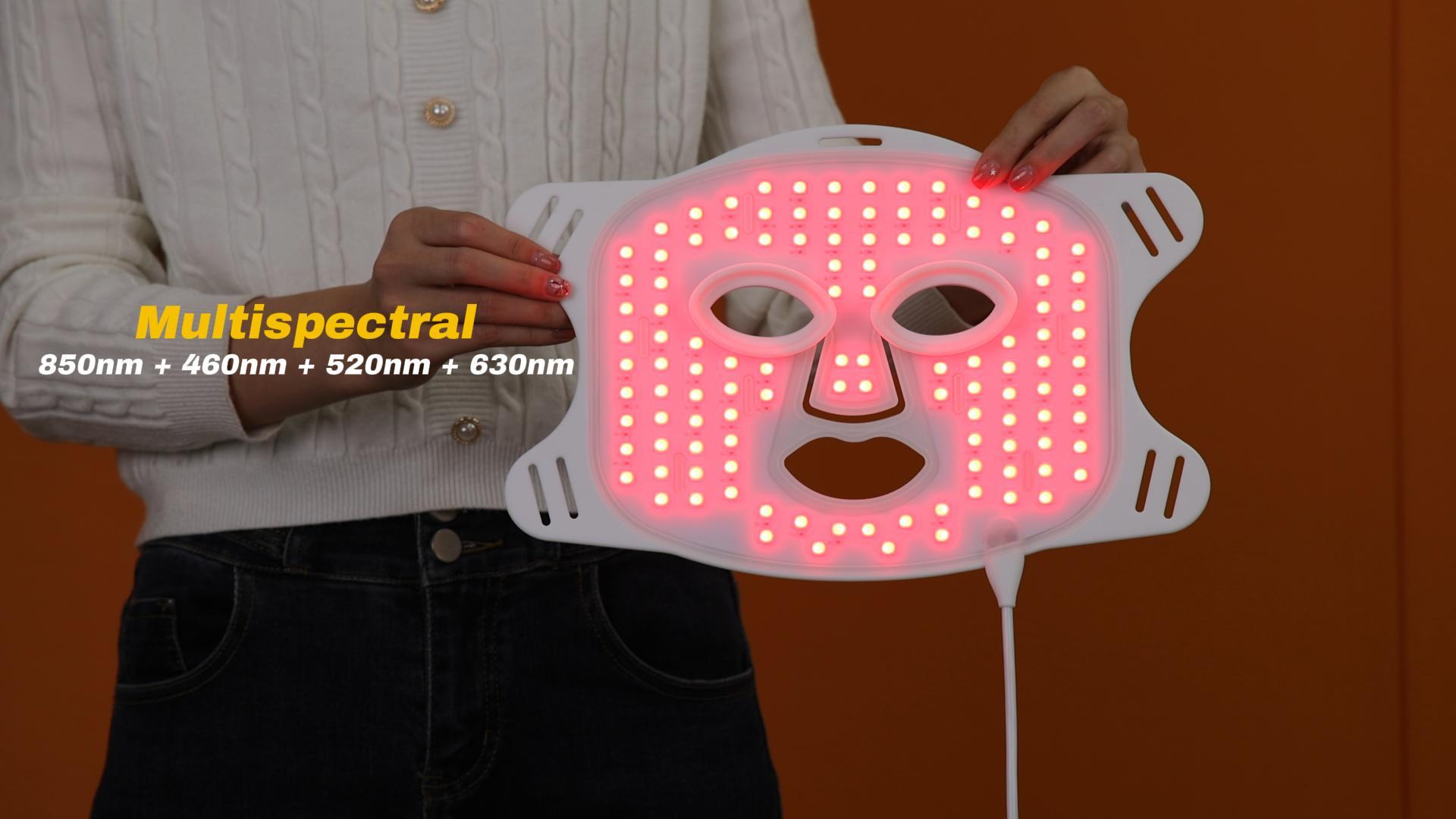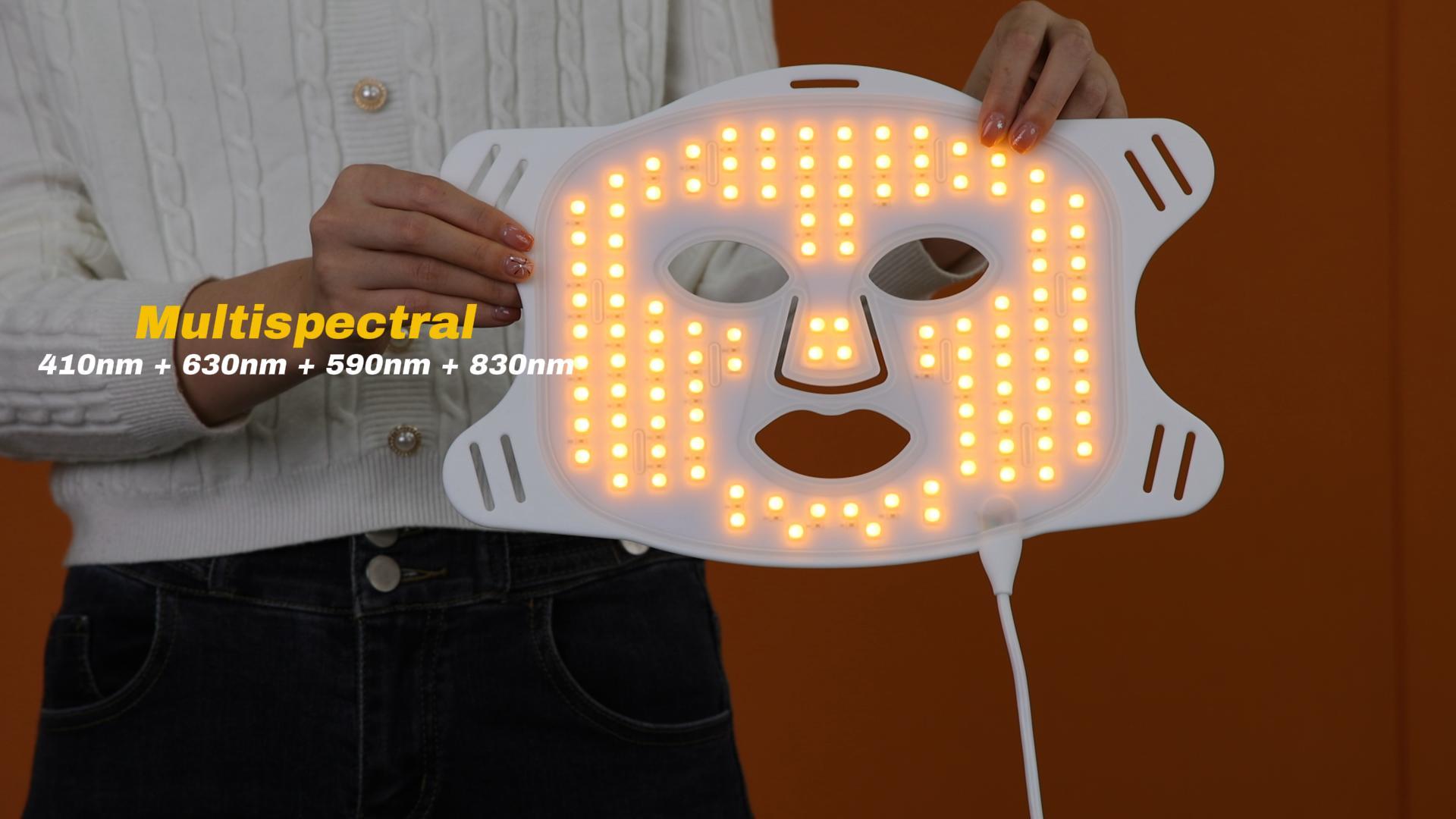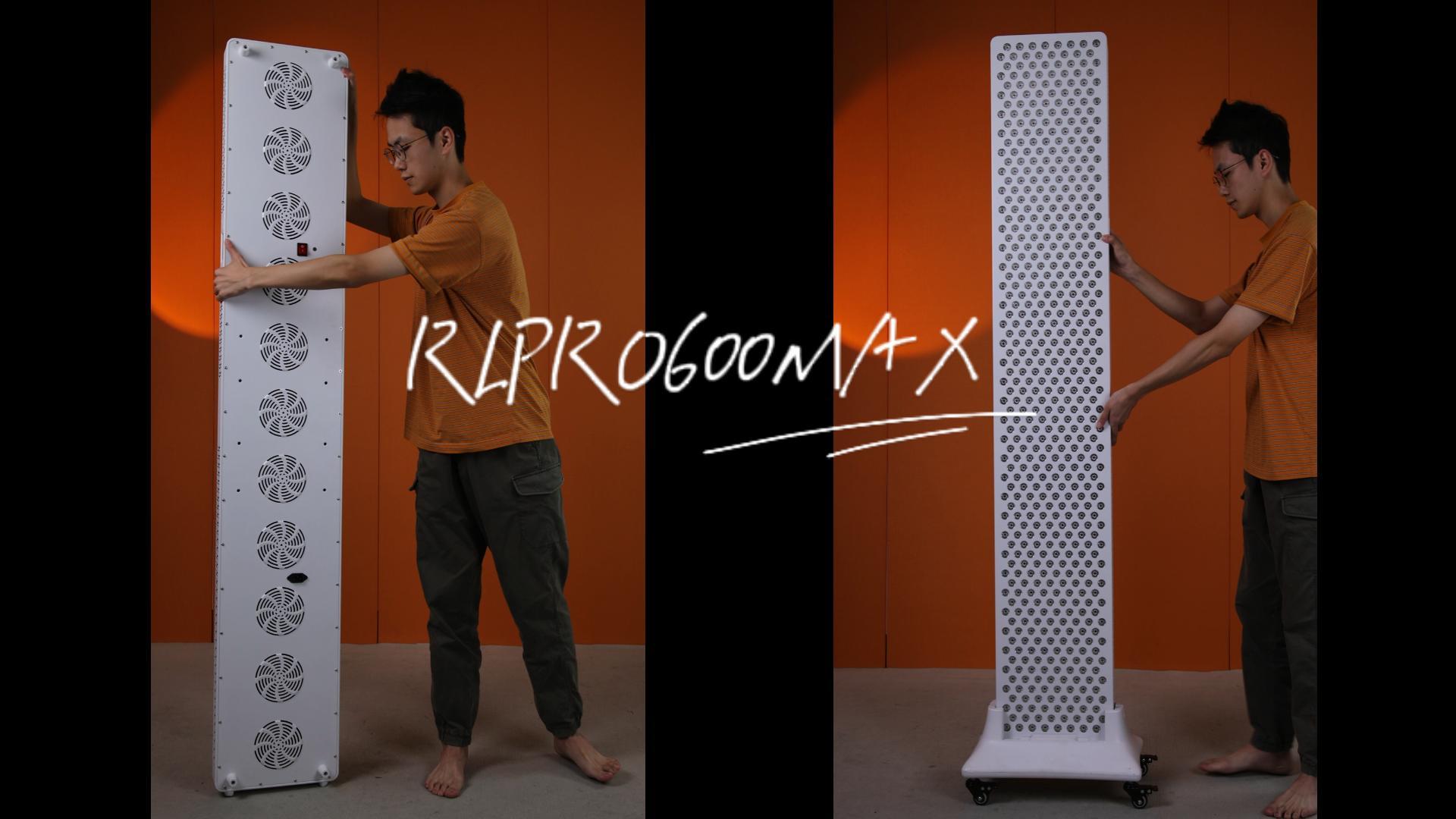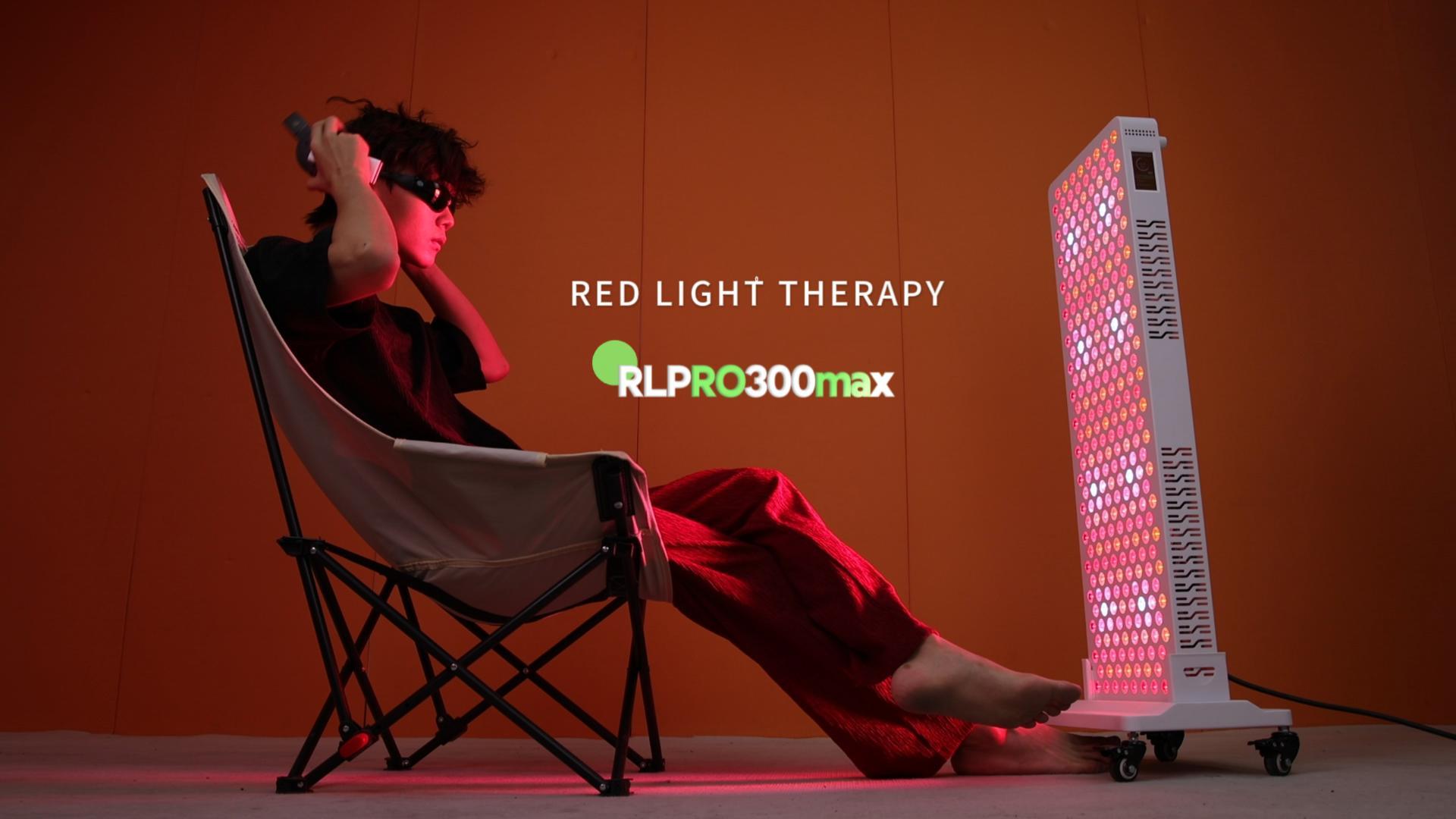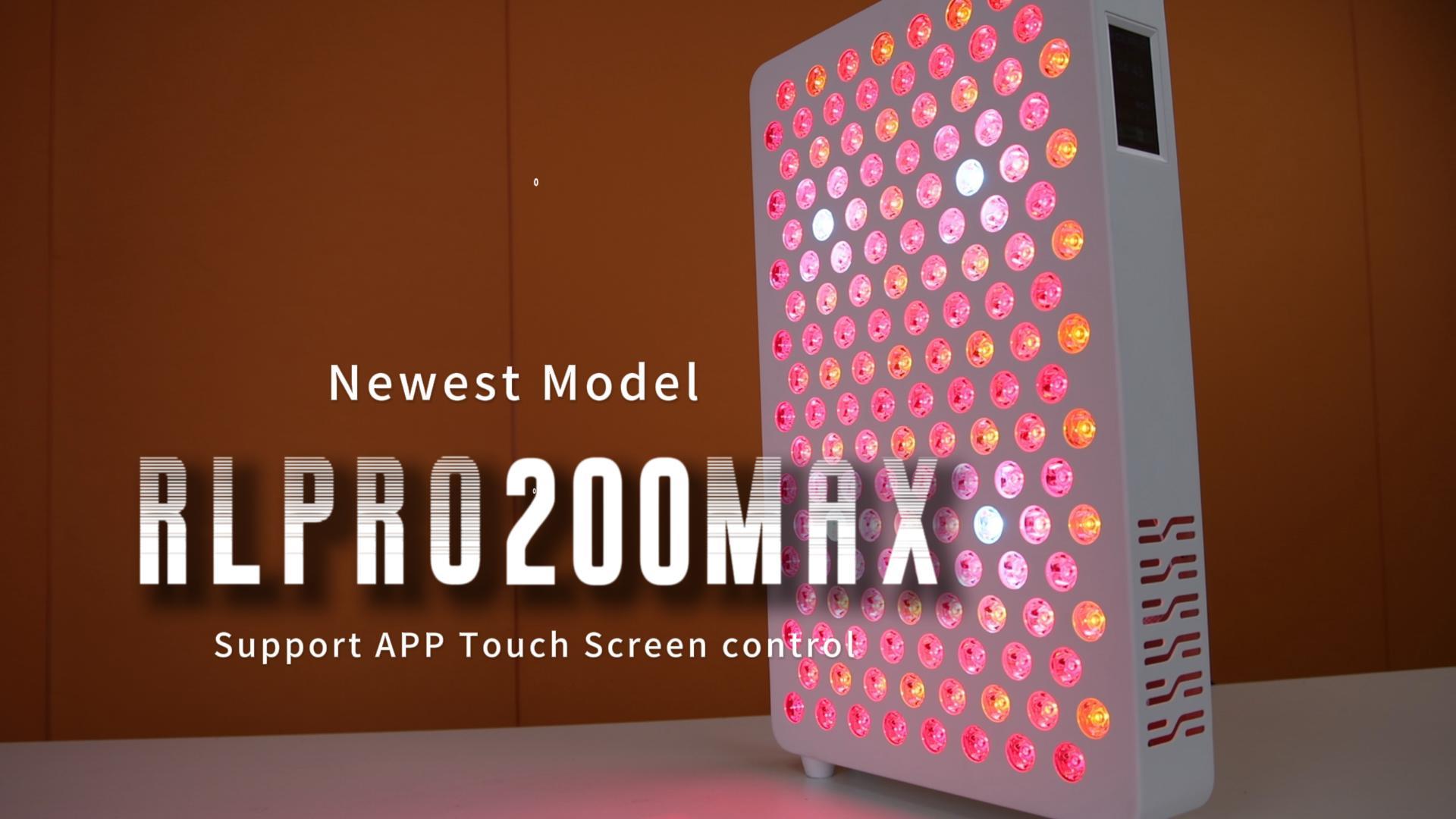Benifit of red light therapy
Red light therapy, also known as photobiomodulation, is a non-invasive treatment that uses low-level red light wavelengths to stimulate cells in the body. This therapy has been found to improve brain health in several ways.
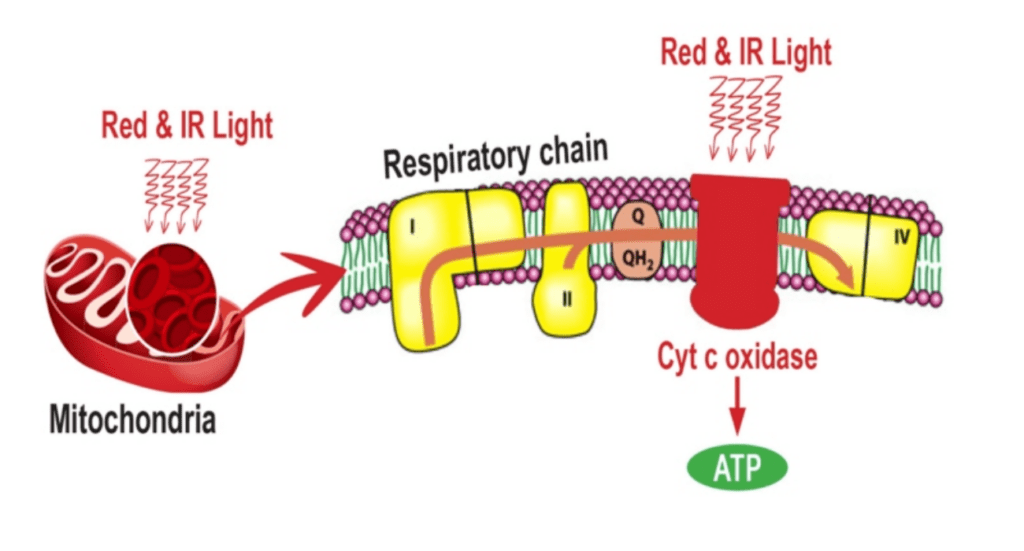
Firstly, red light therapy has been shown to increase the production of neurotransmitters, such as serotonin and dopamine. These brain chemicals are important for mood regulation, and an increase in their production can help alleviate symptoms of depression and anxiety.
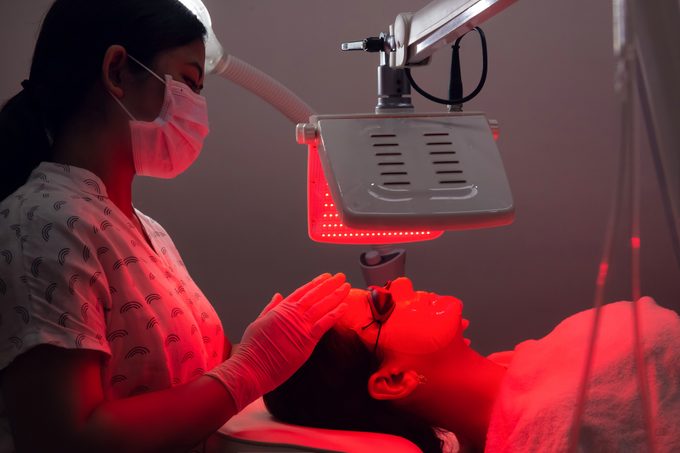
Secondly, red light therapy has been found to improve cognitive function. One study found that after four weeks of treatment with red light therapy, participants had improved memory and reaction times, as well as increased attention and focus.
Additionally, red light therapy has been shown to reduce inflammation in the brain. Chronic inflammation has been linked to several conditions such as Alzheimer's disease and multiple sclerosis. By reducing inflammation in the brain, red light therapy may help prevent or slow the progression of these conditions.
Moreover, red light therapy has been found to increase blood flow to the brain. This increased blood flow can help deliver more oxygen and nutrients to brain cells, promoting their health and function.

Finally, red light therapy has been shown to increase the production of ATP, which is the energy currency for cells in the body. By increasing ATP production, red light therapy can help improve overall cellular function, including in the brain.
In conclusion, red light therapy has several benefits for brain health. It can improve neurotransmitter production, cognitive function, reduce inflammation, increase blood flow, and increase ATP production, all of which contribute to better brain health.


